Heading for assorted sights today - very modern mass transit to be found here - we travel to the southwest edge of the city...
...and transfer from the metro to a bus.
Memento Park is an open-air museum dedicated to monumental statues and sculpted plaques from Hungary's Communist period (1949–1989). There are statues of Lenin, Marx, and Engels, as well as several Hungarian Communist leaders.
After the fall of the Communist regime in Hungary in 1989, many of Budapest's Communist statues and monuments were immediately removed becoming the current collection of statues in the park. On 29 June 1993, the second anniversary of the withdrawal of the Soviet troops from Hungarian territory, the park celebrated a grand opening as a public outdoor museum.
"This park is about dictatorship. And at the same time, because it can be talked about, described, built, this park is about democracy. After all, only democracy is able to give the opportunity to let us think freely about dictatorship."
In 1990, the Trabant, produced in the former East Germany ('57-'91), became symbolic of the former East Germany's stagnant economy and the collapse of the Eastern Bloc in general. Called "a spark plug with a roof", 3,096,999 Trabants were produced.
"Memento Park is divided into two sections: Statue Park, laid out as six oval sections; and Witness Square (also called "Never was Square"), which lies east of the main park entrance and is visible without payment. Statue Park houses 42 of the statues and monuments that were removed from Budapest after the fall of communism. Witness Square holds a replica of Stalin's Boots which became a symbol of the Hungarian Revolution of 1956, after the statue of Stalin was pulled down from its pedestal, and is flanked by two single story timber structures housing the internal exhibition space, their design being evocative of simple internment camp buildings."
Rick Steves' tour book provided a running narrative of what we saw.
Another symbol of post-Communist freedom flew overhead - a personal aircraft.
In 2006, a life-sized copy of the Stalin Monument in Budapest was built in the Statue Park with the broken bronze shoes on top of the pedestal. This is not entirely an accurate copy of the original, but an artistic recreation by Ákos Eleőd.
We depart Budapest Keleti (Eastern) train station, completed 1884, heading to City Park.
Heroes' Square (from 1900), at the entrance to City Park, is one of the major squares of Budapest, noted for its iconic Millennium Monument with statues featuring the Seven Chieftains of the Magyars and other important Hungarian national leaders, as well as the Memorial Stone of Heroes. The square lies at the outbound end of Andrássy Avenue next to City Park.
This is looking in the same direction, but we're now standing between the column and the twin-curved colonnades.
At the top of the column stands Archangel Gabriel, who holds the Hungarian Holy Crown and the apostolic double cross in his hands. We also saw a tethered observation balloon, a feature reintroduced just this year.
The Seven Chieftains of the Magyars (or Hungarians) were the leaders of the seven tribes of the Hungarians at the time of their arrival in the Carpathian Basin in AD 895.
Moving into the park, we see Vajdahunyad Castle, a copy of Hunyad Castle, also known as Corvin Castle, in Hunedoara, Romania (a part of the Hungarian Empire at the time the copy was built). It was built in 1896 as part of the Millennial Exhibition which celebrated the 1,000 years of Hungary since the Hungarian Conquest of the Carpathian Basin in A.D. 895.
House of Music also just opened this past January,
A statue of George Washington, of course.
We then explored a very unique building, which appeared to be an office complex. Think of a tall building laid onto its side, squashed into the ground at the middle, and then adorned with landscaping and sculptures above.
We concluded the night by attending an expat wine bar blind, quiz, tasting event.





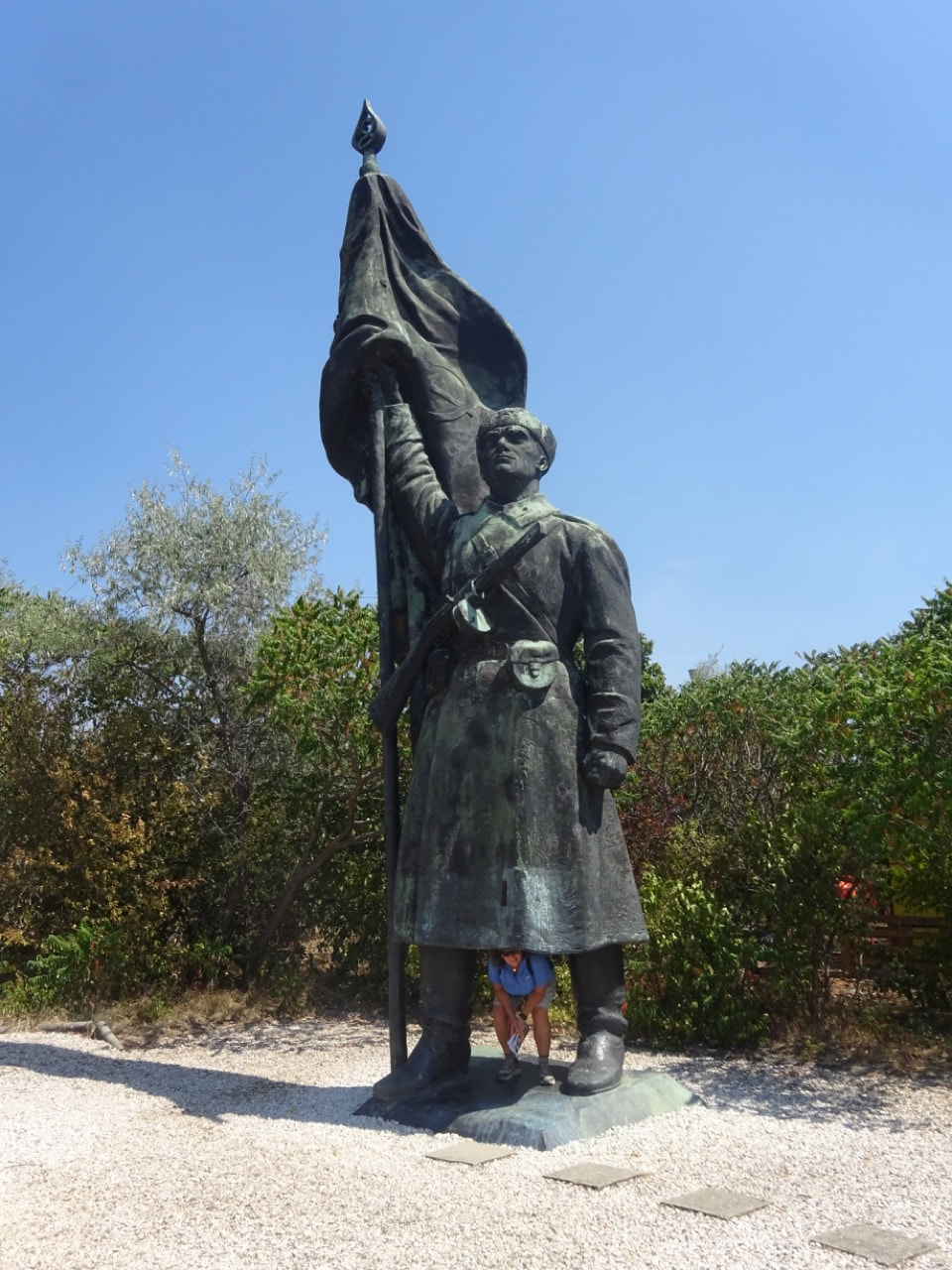



























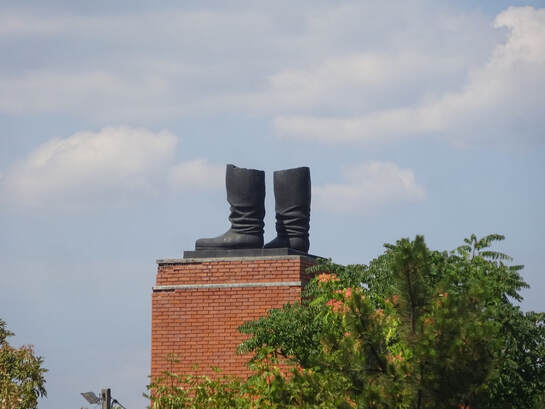













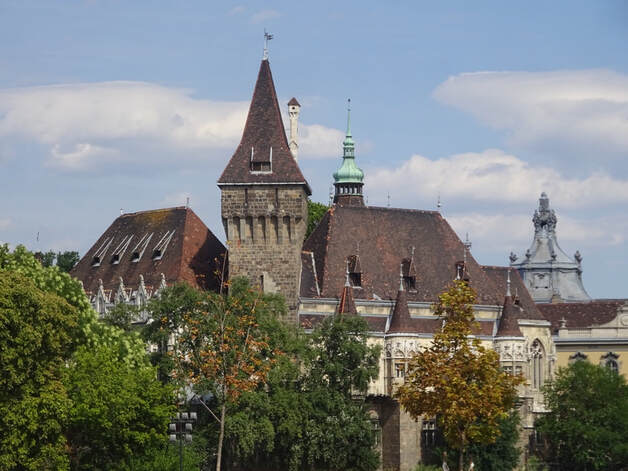

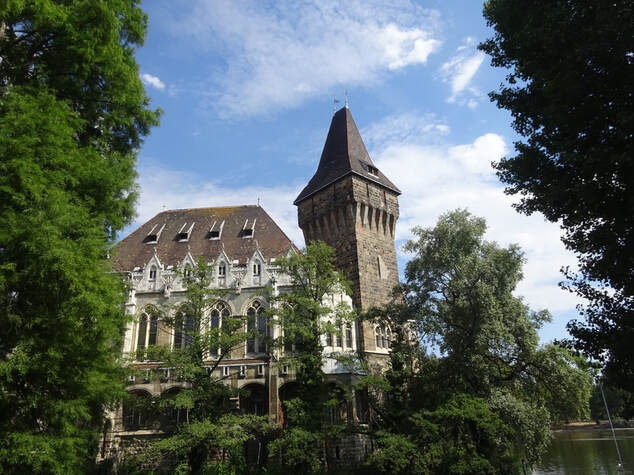
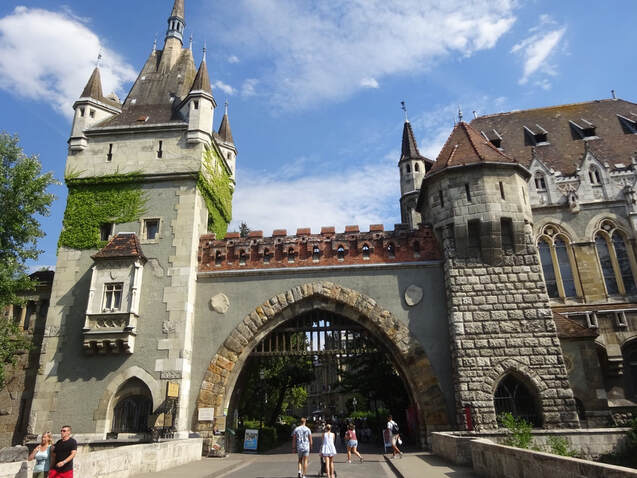






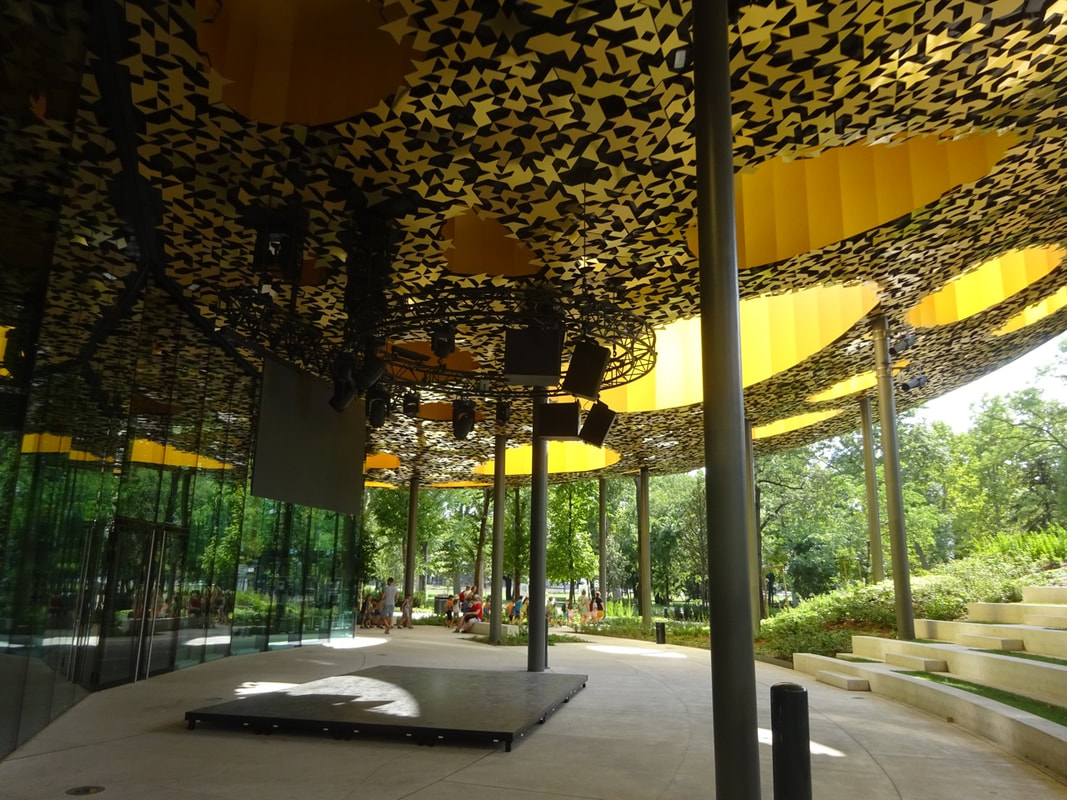






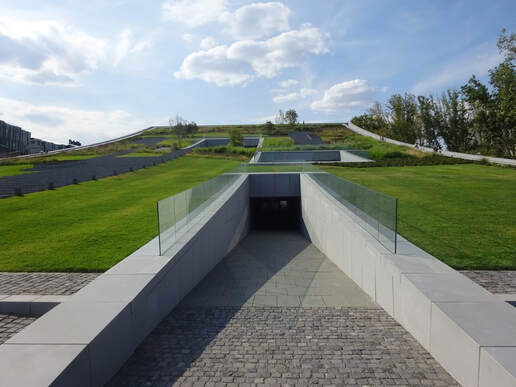







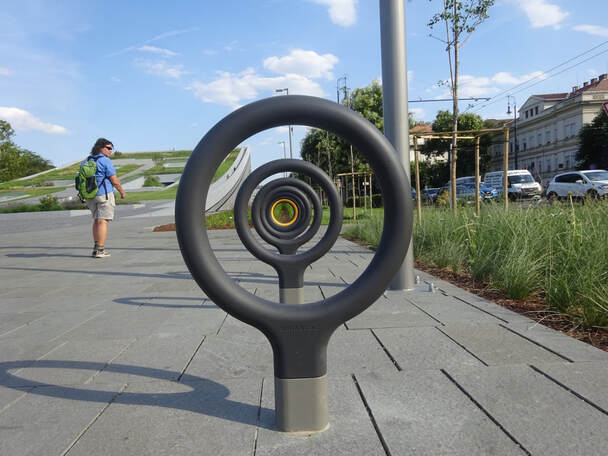

 RSS Feed
RSS Feed
